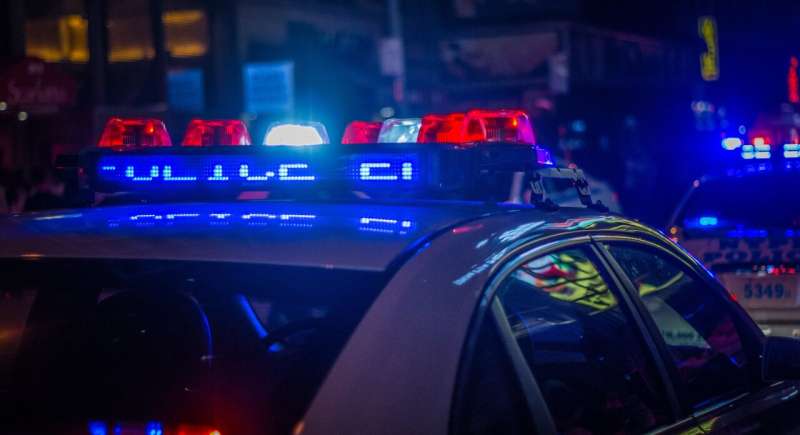This article has been reviewed according to Science X's editorial process and policies. Editors have highlighted the following attributes while ensuring the content's credibility:
fact-checked
trusted source
proofread
Research finds police bodycams more important than race, gender in public's assessment of use-of-force cases

Police body-worn cameras (BWCs) are the most important tool to provide an accurate and honest assessment of encounters between law enforcement and civilians, according to a new study co-written by a University of Massachusetts Amherst public policy researcher.
The findings provide further evidence that BWCs are an effective means to increase transparency within policing as many law enforcement agencies work to address distrust between police and the communities they serve. The paper, "Body-worn cameras and representation: What matters when evaluating police use of force?" is published in the journal Public Administration Review.
"People see body cameras as a mechanism to improve accountability within police departments," says Brittany Houston, assistant professor of public policy at UMass Amherst. "They are a tool that can be used by departments to engender trust with the public."
In an online experiment involving 1,655 adults in the U.S. who were shown virtual footage of police use-of-force interactions with civilians, Houston and co-authors James E. Wright II of Florida State University and Dongfang Gaozhao of the University of Dayton found that the presence of a BWC was considerably more important than the race or gender of those involved, when assessing whether the scenario required further investigation.
When BWCs were not present and there was a mismatch between either the racial or gender identity of the officer and civilian, individuals were more likely to believe that additional investigation was needed. For example, more respondents felt that an internal investigation was warranted in incidents involving a white male officer and a female African American civilian.
"However, every time we told the participants that a body camera was there, that reduced their desire for further investigation," Houston says.
Respondents were, on average, 19.1% less likely to believe an internal investigation was required when they were informed a BWC was present.
"[T]he mere presence of a BWC and its activation produced heightened levels of legitimacy during the use-of-force encounter," the study concludes. "Moreover, while tensions remain high between civilians and officers, one way to increase police legitimacy is signaled through the BWC."
Houston says the findings provide a solid foundation to explore why people put so much trust in body cameras when evaluating police interactions with civilians.
"It's a good first step in understanding the public's perception of body cameras, but we definitely need to do more," Houston explains.
More information: James E. Wright et al, Body‐worn cameras and representation: What matters when evaluating police use of force?, Public Administration Review (2023). DOI: 10.1111/puar.13746
Provided by University of Massachusetts Amherst



















